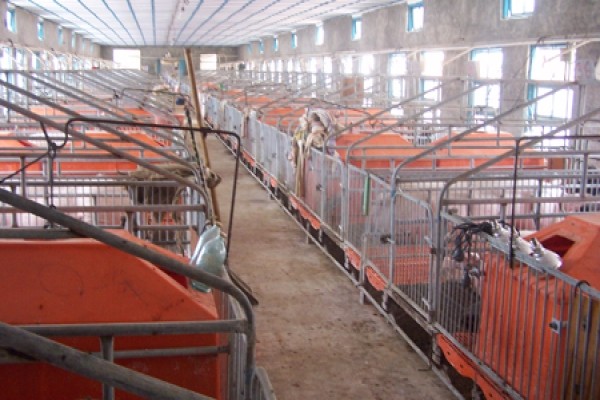Is it difficult to use deodorants for VOCs waste gas treatment
At present, the difficulty of handling VOCs systems is relatively high, mainly due to factors such as process technology, equipment, processing, and funding. In terms of terminal treatment, the characteristics of exhaust emissions from coking enterprises are chaotic, and it is difficult to control the effect of VOCs treatment using a single method. Therefore, developing new technologies and integrating traditional and new technologies is a future development direction for VOCs treatment.
The chemical synthesis process requires the use of chemical raw materials, which have a unique odor and may evaporate when not tightly sealed. The refining process also involves the evaporation of organic solvents and drug dust. During the fermentation process, there will be an odor of the fermentation medium. The odor emitted by the metabolic process of the microbial community during the fermentation process is mixed with the special odor of the fermented product. Some odors are unpleasant, such as the smell of penicillin and the smell of the fermentation process of erythromycin thiocyanate, which are very unpleasant odors. During the extraction and refining process of fermentation products, there will be evaporation of organic solvents and evaporation of pharmaceutical dust.
Plant liquid deodorants can effectively decompose odorous gas molecules such as ammonia, organic amines, sulfur dioxide, hydrogen sulfide, and methyl mercaptan in foul smelling environments. Certified by the Chemical Testing Center and the Production Inspection Center, it is non explosive and not classified as a flammable hazardous material; No danger of oxidants, not classified as corrosive products; Not classified as a toxic substance.

The chemical synthesis process and biological fermentation process may use acidic substances, resulting in the evaporation of acidic waste gas. Waste gas pollution during the process of handling, including evaporation during organic solvent recovery, evaporation of integrated components in wastewater caused by aeration during wastewater treatment, and waste gas generated during microbial metabolism during biological treatment.
During the production process of chemical active pharmaceutical ingredients, solvent consumption is relatively high, mainly consisting of low boiling point volatile organic compounds (VOCs). An appropriate portion of them will be discharged in an unorganized form, resulting in a large amount of solvent waste gas. There are dozens of types of solvent waste gases, such as methanol, dichloromethane, solvent oil, toluene, ether, ethyl acetate, tetrahydrofuran, etc., which are classified into alcohols, halogenated hydrocarbons, benzene, ether, ketones, lipids, organic amines, etc. according to their solubility in water, they can be divided into water-soluble and non water-soluble solvent waste gases. Water soluble solvents include alcohols, organic amines, etc., while non water soluble solvents include halogenated hydrocarbons, benzene, etc. Evaporative organic waste gas not only has a foul odor, but is also toxic and harmful, causing adverse effects on the environment, the growth of animals and plants, and humans.
The article originates from a deodorant manufacturer http://www.scneng.com.hk
-
06-11
"Environmental Doctor" Du Siyuan: Environmental Protection is a Lifestyle Attitude
There is a Hong Kong compatriot in Jiangmen who often frequents various farms and plantations, walks in mechanical factories, and is seen by others as the nemesis of environmental problems. He conside
-
03-16
Deodorant manufacturer: Deodorants reduce soil pollution
Waste is a chaotic mixture of various components. The accumulation of debris on the surface of soil can cause some chemical reactions, releasing harmful gases, which can lead to soil pollution and eve
-
12-01
Deodorant Manufacturers: Differences between Microbial Deodorants and Traditional Deodorants
The waste that is not needed in our daily life and work is called waste. Due to the large amount of waste discharged and the complex categories, there are great difficulties in reducing waste and deod
-
11-08
Application of Deodorant Manufacturers in Domestic Waste Treatment
Garbage is the waste generated in everyone's daily life and work. Due to its large discharge volume and complex and diverse composition, it poses great difficulties in reducing and deodorizing wa
